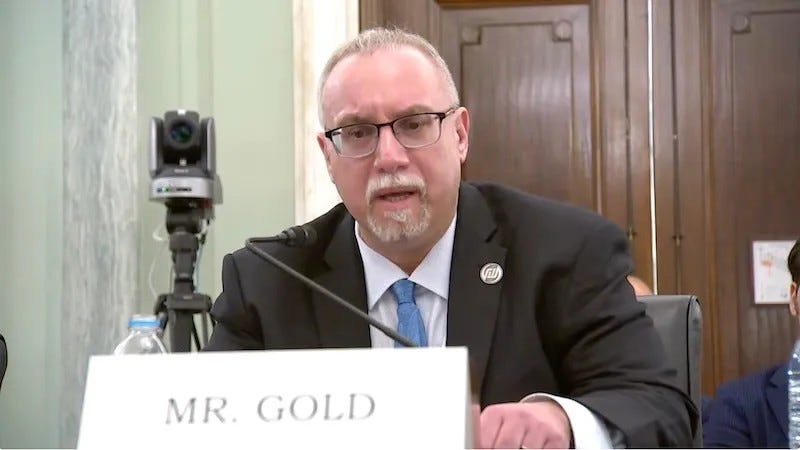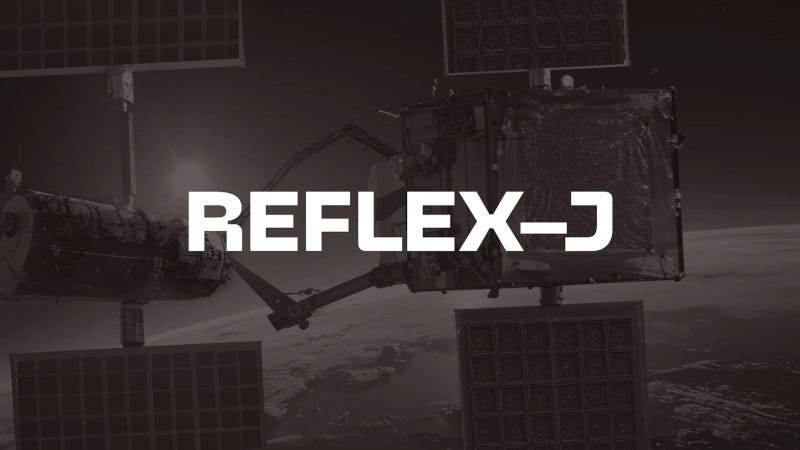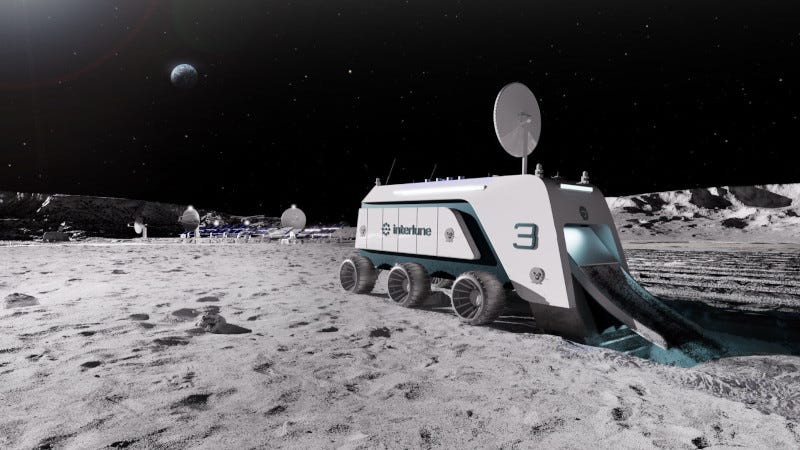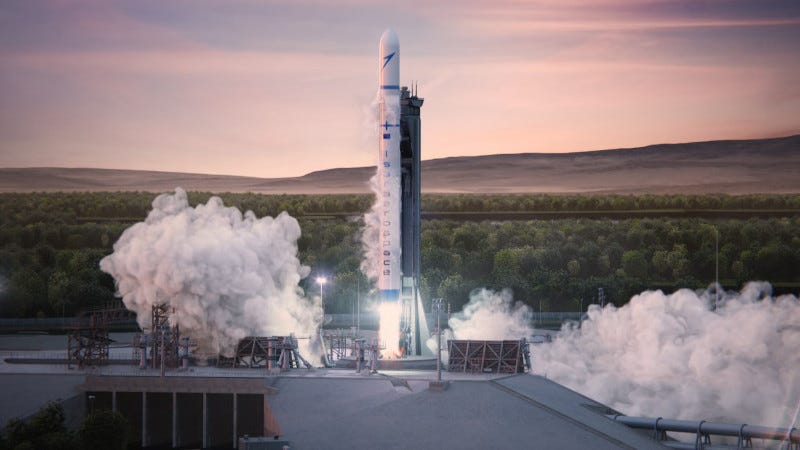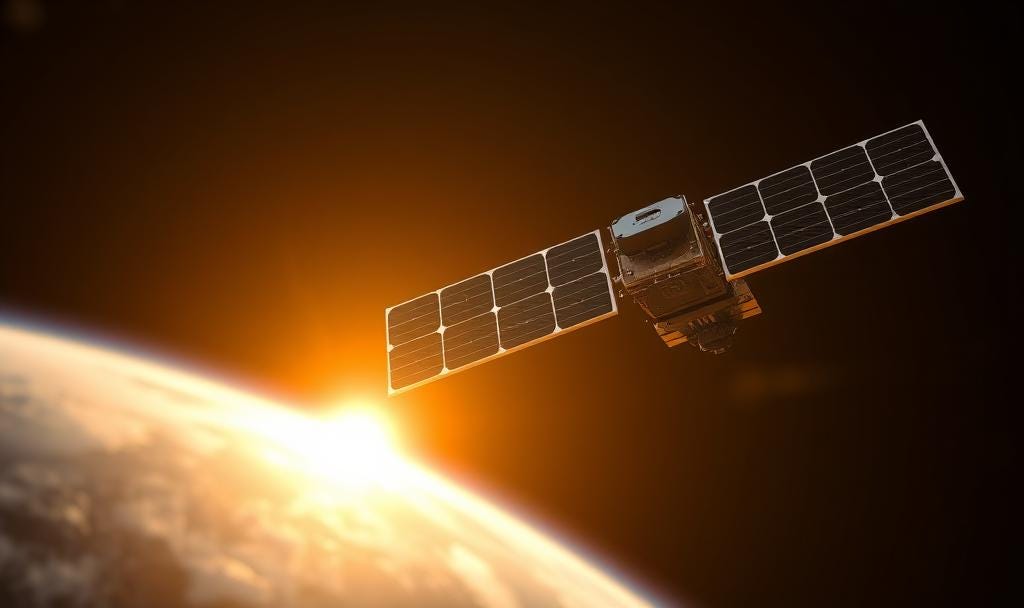The U.S. Senate Committee on Commerce, Science and Transportation held a hearing Wednesday focused on the issue of what nation will be first to land the next humans on the Moon. The hearing, titled "There’s a Bad Moon on the Rise: Why Congress and NASA Must Thwart China in the Space Race”, included testimony from former NASA Administrator Jim Bridenstine, as well as Allen Cutler, president and CEO of the Coalition for Deep Space Exploration; Mike Gold, president of Civil and International Space for Redwire, and; Lieutenant General John Shaw, Former Deputy Commander of the U.S. Space Command.
The discussion ranged from NASA's impact on diplomacy and military readiness to how small businesses contribute to the success of programs like Artemis. Michigan Senator Gary Peters, a Democrat, asked Allen Cutler about what Congress can do to include more small businesses in the aerospace supply chain.
Cutler said that if it were not for small business, the Artemis program would not exist.
"And it you think about it, these missions, they need every sing le piece to work. It's common to hear something like 'you need a million things to go right for a mission to be accomplished, you just need one to go wrong'. That stems all the way up and down the supply chain. And it starts with small business. They are making those initial components that make Artemis possible. So absolutely critical on the small business side. I think, we talked about this a little bit with Senator Moran when we talk about CRs (Continuing Resolutions), the instability that comes with uncertain funding, be it not knowing if we're going to shut down, continuing resolution, are we going to continue the program after Artemis III with SLS and Orion, all of these things insert instability into businesses understanding. And when that happens, maybe larger companies can weather those sort of things. For small businesses, that's hard."
Chairman Cruz raised an alarm about China being very transparent about its ambitions both in low Earth orbit and on the Moon. Redwire's Mike Gold talked about the importance of the United States beating China to a permanent presence in Cislunar space with its Gateway program.
"When I was at NASA, I got a briefing on our ability, or should I say inability, to monitor Chinese activities in cislunar space. I didn't sleep for a week. You hear democracy dies in darkness? Our freedom could die in the depths of space if we are not able to monitor and understand what's happening with space situational awareness around the moon. And relative to nuclear on the moon, you mentioned helium-3, it's not just about the moon, it's about earth. The countries and companies that control the moon will control the Earth, it's just a matter of time. Rare earth elements, helium-3, we need to be able to extract these resources, we need to be able to learn to live off the land."
The consensus from the hearing seemed to be that securing a permanent U.S. presence in cislunar space and on the Moon is not just a matter of scientific achievement but a vital step in safeguarding national security and economic interests. The path forward demands robust collaboration between government, industry, and innovators to ensure America remains the preeminent force in the final frontier.
-0-
A refueling spacecraft dubbed "REFLEX-J" has been introduced by Astroscale Japan. Short for Refueling for Extension and Flexibility - Japan, REFLEX-J is part of Japan’s Key and Advanced Technology R&D through Cross Community Collaboration Program, led by the Cabinet Office and promoted by the Japan Science and Technology Agency. Astroscale Japan was awarded this major contract in January to develop and demonstrate satellite refueling technology in space.
REFLEX-J builds on Astroscale’s Rendezvous, Proximity Operations and Docking (RPOD) technologies. The spacecraft will integrate robotics, computer vision, and fuel transfer capabilities to perform a chemical refueling demonstration in low Earth orbit. The team will also conduct ground testing across multiple propellants to ensure scalability for missions to geostationary orbit and compatibility with electric propulsion systems.
The project is expected to span five years with a maximum budget of JPY 10.8 billion (≈$74.5 million), culminating in an in-orbit demonstration around 2029.
If successful, REFLEX-J could redefine satellite operations, reduce space debris, and establish a framework for long-term orbital sustainability, potentially positioning Astroscale and Japan at the forefront of the emerging on-orbit servicing industry.
-0-
A natural resources company in Seattle has been awarded up to $4.84 million in a grant from the Texas Space Commission (TSC) to develop and test highly specialized simulants of Moon dirt, or regolith. Interlune will use the grant funds, along with internal investment, to create a Lunar Regolith Simulant Center of Excellence near NASA's Johnson Space Center in Houston.
Simulated lunar regolith is crucial to testing technology and equipment being developed by myriad companies and government agencies, including instruments, landers, rovers, and other equipment.
By developing, producing, and scaling advanced lunar regolith simulants, Interlune will create precise testing environments for its proprietary system to harvest natural resources from space, starting with helium-3 from the Moon. The company will make these simulants available to other companies, research institutions, and government organizations.
Interlune has raised $18 million in venture capital seed funding and has binding contracts with buyers of helium-3 for delivery on Earth beginning in 2029
-0-
Coming up, a snapshot of the LEO-PNT market through 2030. But right now, take a minute to become a paid subscriber to The Journal of Space Commerce. Whether you’re a space professional, investor or an enthusiast, paid subscribers have first access to premium articles and podcasts focused on the new space economy. Just visit www.exterrajsc.com on Substack, and help keep The Journal of Space Commerce independent as we chronicle, cajole and, when necessary, critique the commercial space industry.
-0-
The LEO PNT market is expected to reach $570 million by 2030, from $70 million in 2025, with a CAGR of 53.9% according to a new report from MarketsandMarkets.
The LEO PNT market is experiencing significant growth, driven by the increasing demand for secure, resilient, and high-precision navigation solutions as traditional GNSS faces threats like jamming, spoofing, and signal loss. Other factors supporting the market include defense modernization efforts, the rise of civil aviation, and the integration of autonomous systems in automotive, maritime, and unmanned platforms. The rollout of 5G and 6G networks is further generating demand for low-latency, high-availability PNT services, boosting adoption.
Asia Pacific is projected to hold the largest LEO PNT industry share due to extensive defense modernization, rapid growth in civil aviation, and robust 5G and IoT infrastructure across major economies. The region's significant defense upgrade efforts are driving demand for secure and precise navigation. The expansion of civil aviation, particularly in China and India, further increases reliance on advanced PNT systems.
-0-
ESA has signed contracts with two aerospace companies for five total missions under its Flight Ticket Initiative. Avio and Isar Aerospace will undertake demonstration missions for the agency.
The Flight Ticket Initiative is a collaboration between the ESA and the European Commission to give European companies and institutions the opportunity to test and prove new products and applications in space. It encourages the use of new European launchers.
Testing prototypes in space provides valuable insight for research projects and unlocks the market potential of commercial applications. These types of missions are also called in-orbit demonstration or validation, abbreviated to IOD/IOV, as they are meant to demonstrate or validate hardware, services and satellite payloads in space.
The Flight Ticket Initiative fosters competition in the European space industry and provides regular opportunities for launch services on the IOD/IOV missions and more. The Flight Ticket Initiative is part of ESA’s ‘Boost!’ program.
-0-
In Depth this week, we explored the small satellite market, and market estimates that vary widely among analysts.
Market research indicates the industry is experiencing unprecedented growth, with market valuations ranging from approximately $3 and a quarter billion dollars, to just under $11 and a half billion dollars across different research methodologies last year. Projected compound annual growth rates (CAGR) average 12.9% through the forecast period to 2032.
The significant variability in size estimates in the market is due to differing approaches, geographic scope, and satellite classification systems employed by various research organizations. Fortune Business Insights positions the 2024 market at $11.41 billion, representing the upper bound of industry estimates, while Maximize Market Research suggests a more conservative $3.23 billion valuation. This dispersion reflects the evolving nature of market definitions, with some analyses including only nanosatellites and CubeSats while others encompass the broader small satellite category of sub-1000 kg spacecraft.
The consolidated analysis of eight major research sources reveals a median 2024 market size of $4.81 billion, providing a balanced perspective that accounts for methodological variations while establishing a reliable baseline for industry assessment.
This figure aligns closely with multiple independent analyses, including Spherical Insights' $4.03 billion estimate and the Market.US $4.43 billion valuation, suggesting reasonable consensus around the mid-range market size projection.
North America maintains market leadership with approximately 49.17% of global market share in 2024, driven primarily by the presence of major industry players including SpaceX, Lockheed Martin, and Boeing, combined with substantial government investment in space infrastructure. The Asia-Pacific region emerges as the fastest-growing market segment, with several analyses projecting compound annual growth rates exceeding 16% through 2030.
Artificial intelligence integration represents a transformative technology trend that enhances small satellite operational efficiency and capability. Modern small satellites incorporate AI-driven systems for autonomous operation, predictive maintenance, and intelligent data processing, reducing ground station requirements and enabling real-time decision-making in space-based applications.
Overall, the small satellite market continues evolving toward larger constellation architectures and integrated service delivery models that combine multiple spacecraft, ground infrastructure, and data processing capabilities into comprehensive solutions. This evolution requires substantial capital investment and operational scale that may favor larger companies or well-capitalized consortiums over smaller, specialized firms. -end-
And those are some of the top stories we covered for you on The Journal of Space Commerce this week. Space Commerce Week is a production of Ex Terra Media. You can get daily updates on space commerce by subscribing to The Journal of Space Commerce on Substack at www.exterrajsc.com. And please consider becoming a paid subscriber. Whether you’re a space professional, investor or an enthusiast, paid subscribers have first access to premium articles and podcasts focused on the new space economy. Just visit www.exterrajsc.com and help keep The Journal of Space Commerce independent as we chronicle, cajole and, when necessary, critique the commercial space industry.
Theme Stock Music provided by CoolTones, from Pond5





